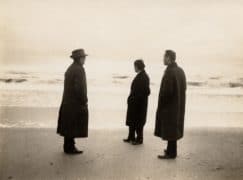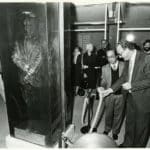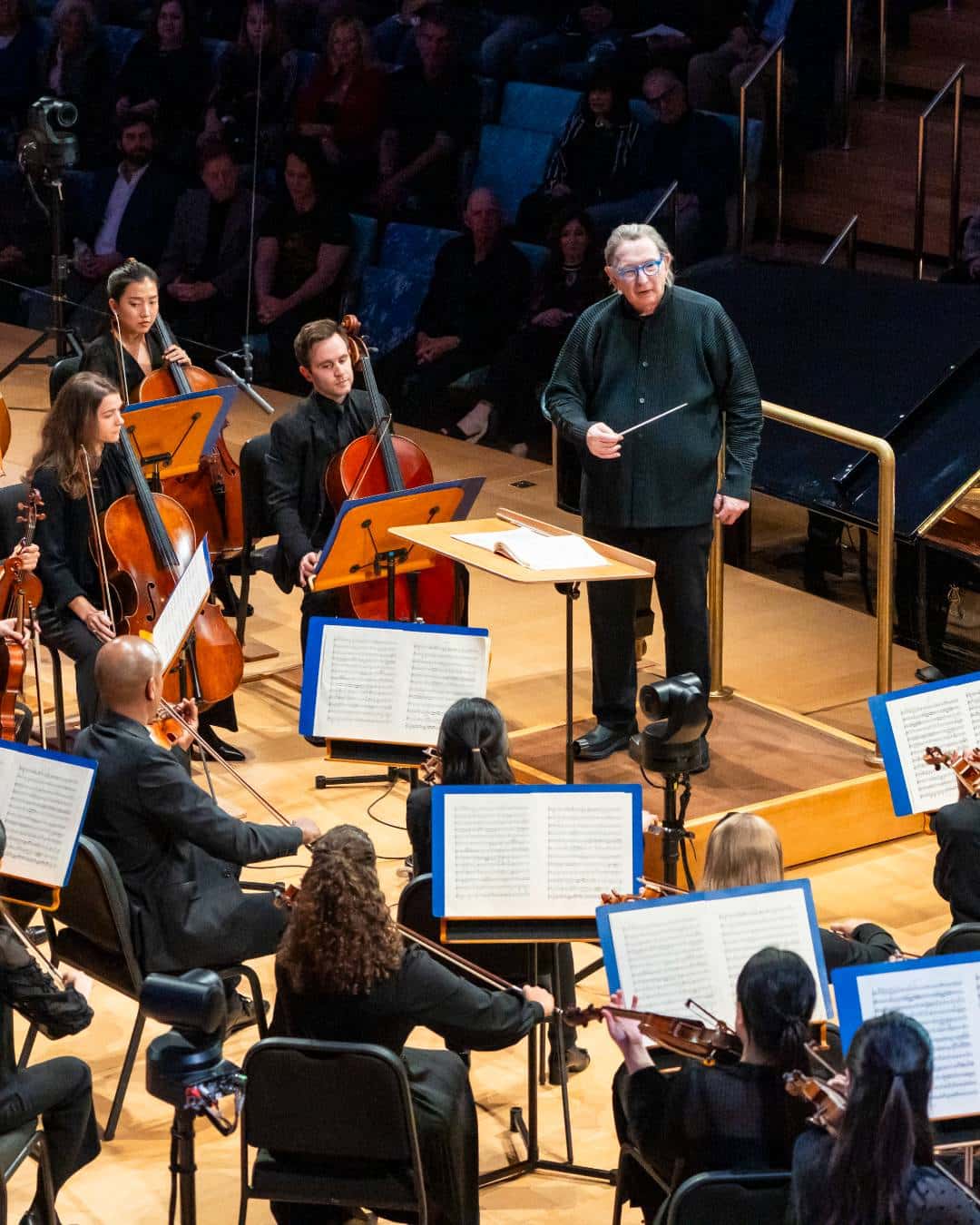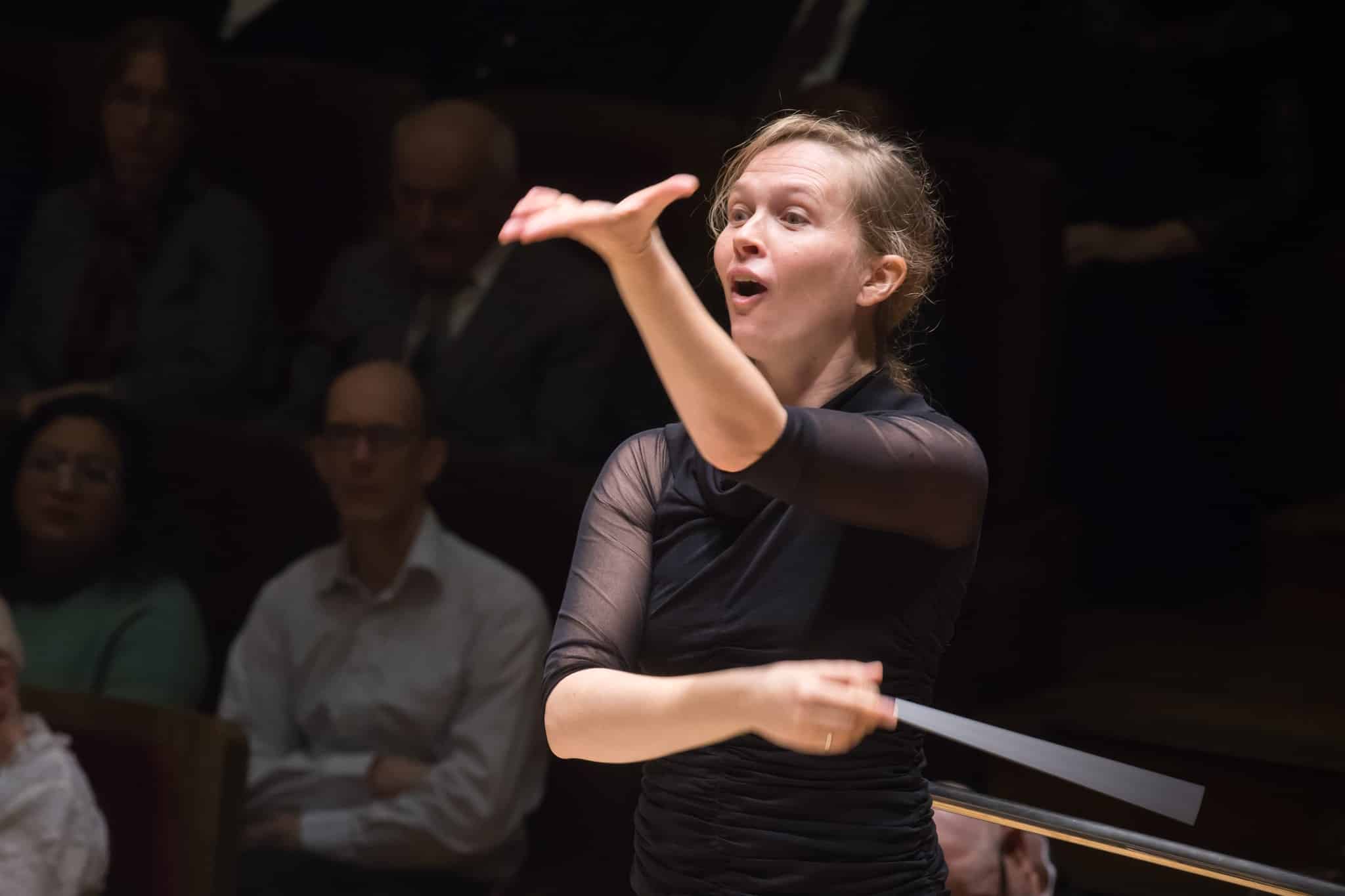Outrage as Dutch demolish Schoenberg statue
News
norman lebrecht
July 20, 2023
A last-ditch appeal is being made to stop the city authorities in The Hague from demolishing a statue of Arnold Schoenberg. The monument was erected in the 1980s.
City Hall wants the site and nobody seems interested in claiming ownership of the statue. It will come down in 11 days time unless something drastic happens.
Here’s the wording of the desperate appeal:
Open Letter for preservation of the Schönberg statue of Heppe de Moor – July 20, 2023
In the second half of June it suddenly became clear that the Arnold Schönberg statue of Heppe de Moor, which was at and in the Royal Conservatory [KC] in The Hague since the early 1980s, will be destroyed in a few days, coming July 31st.
The image consists of three elements, more than man height. First one outside, other two in the building. They are aligned and imagining Arnold Schönberg. It is a tribute to one of the greatest composers of the twentieth century, who played an important role in music education as was given (and will be) at the Royal Conservatorium. Heppe de Moor (1938-1992) found his inspiration in Schönberg’s opera Moses und Aron and the biblical thought that one ‘didn’t need to make an image’.
The three elements speak out in an image of Schönberg himself, which eventually makes the composer visible through a casing.
The project was established at the time through the so-called 1%-scheme that applied to the new construction of state buildings.
By now the municipality of Den Haag owns the statue. Responsibility for the destruction lies with the OCW/Culture department of the Municipality of The Hague.
This section states that all conditions are met to be allowed to destroy the image:
– the KC didn’t want to take the image to the new building ‘Amare’ – Amare doesn’t want to accept the image either
– to date no other interested institution has been found
– the De Moor family, in case the heirs, is not interested in return.
We hereby protest against the nonchalant way of overthrowing this cultural heritage. There has been no public notice. Those involved and approached bodies are hiding behind formal reasons. People don’t feel responsible: ‘the image is focused on the original building and doesn’t fit elsewhere’.
We are concerned about the public significance of this work of De Moor. The image is not only important as a work of art, but also symbolizes a certain time and art practice, in which Arnold Schönberg played a major role. It’s a part of music history. In our opinion, it is the government’s task to preserve and cherish that history.
We call on the municipality of The Hague to take care of this image, and to ensure adequate refurbishment. That is the government’s obligation to art, the artist and to history.
Signed:
Peter van Bergen, director of Studio LOOS
Cornelis de Bondt, composer and former lecturer at the Royal Conservatorium
Gert Dumbar, designer
Jochem van Eeghen, former director Princess Christina Concours
Ad ‘s-Gravesande, former director of Holland Festival, member of the Dutch Music Prize Advisory Committee Henk Guittart, altviolist, founder of Schönberg Quartet and Schönberg Ensemble
Peter van Heyghen, musician
Renee Jonker, Corporate Director Gavigniès
Hans Locher, among other things former director of the Municipal Museum of The Hague (now Art Museum)
Willem Minderhout, former Member of State
Stef de Niet, chairman of the LOOS Foundation,
Robin de Raaff, composer
Martijn Sanders, former director Het Concertgebouw N.V., former chairman Holland Festival
Erwin Roebroeks, festival director Musica Sacra Maastricht
Sieuwert Verster, musicologist, former director of the 18th Century Orchestra







Comments